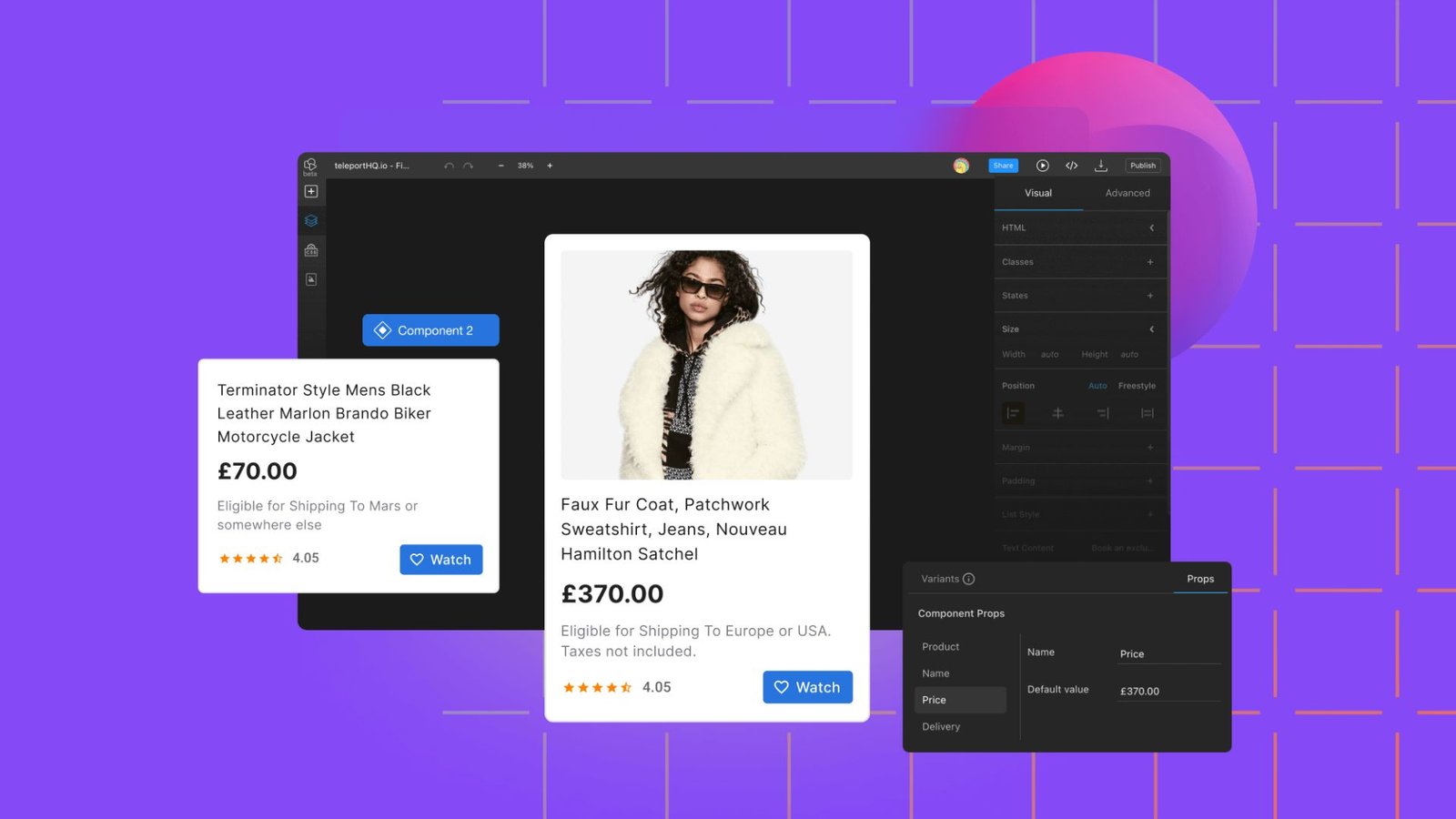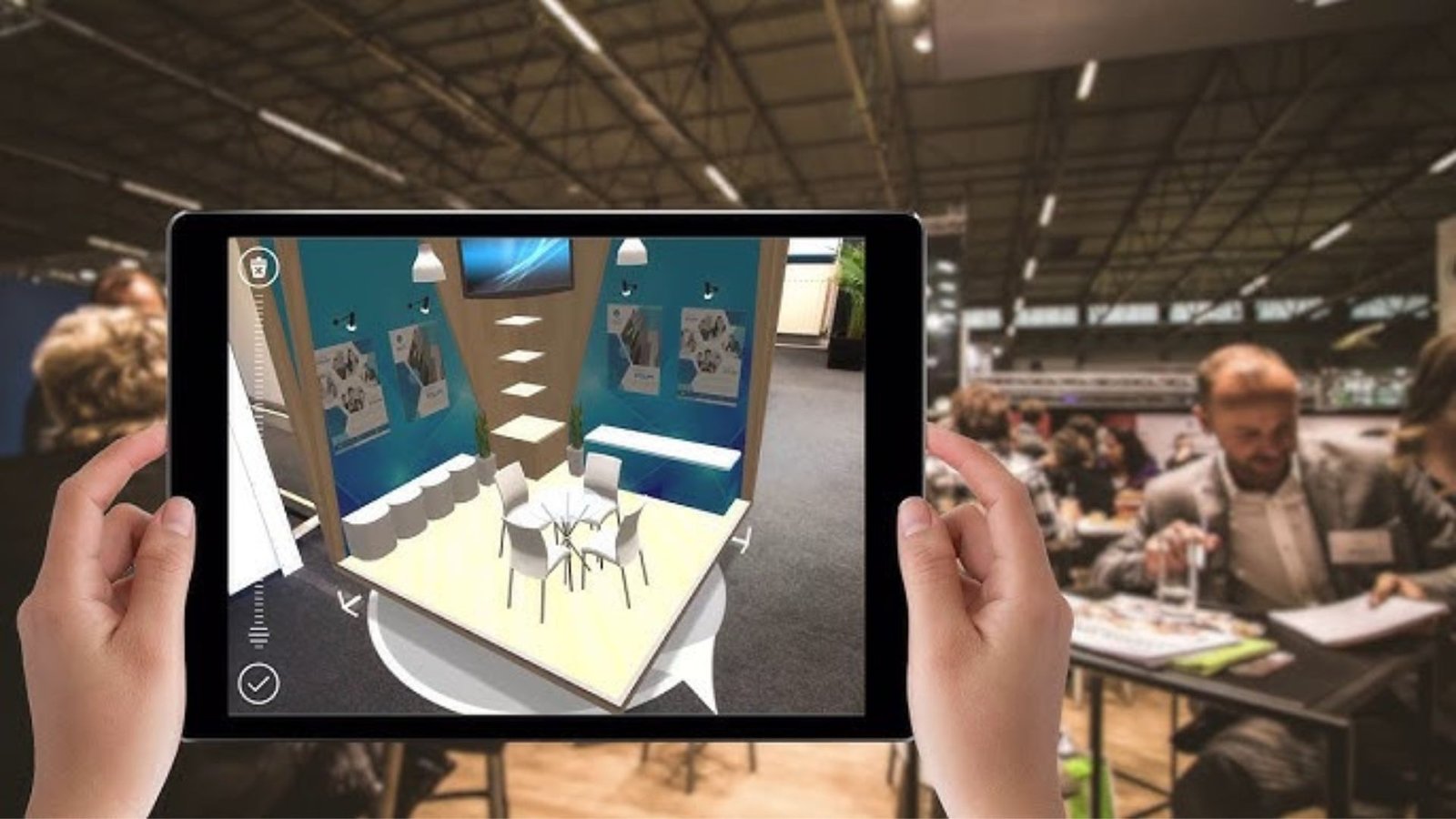Visual design is the art of creating appealing and effective layouts that communicate a message clearly. Whether you’re working on a website, app, or print material, mastering the fundamentals can significantly improve your design. First and foremost, ensure you have a solid grasp of key principles such as alignment, contrast, and hierarchy. These principles form the backbone of good design, guiding the viewer’s eye and making information easier to digest.

Importance of Consistent Branding
Consistency is crucial in visual design. It not only helps in building brand recognition but also ensures a cohesive experience across various platforms. For instance, using the same color palette, typography, and imagery throughout all your materials creates a unified look. This consistency helps reinforce your brand identity and makes your design more memorable. Consequently, it builds trust and credibility with your audience, enhancing their overall experience.
Leveraging Color Theory
Color theory is a powerful tool in visual design. Understanding how different colors interact and evoke emotions can significantly impact the effectiveness of your design. For example, warm colors like red and orange can create a sense of urgency or excitement, while cool colors such as blue and green tend to be calming and professional. By strategically choosing your color scheme, you can influence the mood and behavior of your audience, making your design more engaging and effective.
Effective Use of Typography
Typography is another critical aspect of visual design that should not be overlooked. The choice of font, its size, and spacing all contribute to the readability and overall aesthetic of your design. To ensure clarity, use fonts that are easy to read and appropriate for your design’s purpose. Additionally, maintaining proper spacing between lines and letters enhances readability and visual appeal. Moreover, combining different typefaces can add personality and emphasis to your design, but be cautious to avoid overusing too many styles.
Incorporating White Space
White space, or negative space, is a vital element in visual design. It refers to the empty areas around and between elements on a page. Effective use of white space can improve the readability of your design and make it look more organized and professional. It allows important elements to stand out and helps guide the viewer’s eye through the content. Furthermore, a well-balanced design with adequate white space can prevent visual clutter and create a more pleasant user experience.
Balancing Visual Hierarchy
Visual hierarchy is the arrangement of elements in a design to show their importance. By using size, color, contrast, and positioning, you can direct the viewer’s attention to the most critical information first. For instance, larger fonts or bolder colors can highlight key points, while smaller or lighter elements can be used for supporting details. Balancing visual hierarchy ensures that your design effectively communicates its message and enhances the user experience by making the information easy to navigate.
Utilizing Imagery and Graphics
Images and graphics play a significant role in visual design. They can convey complex ideas quickly and add visual interest to your design. When selecting images, ensure they are high-quality and relevant to your content. Additionally, consider how they fit with the overall design and color scheme. Properly integrated imagery can enhance your design, making it more engaging and memorable.
Conclusion
Incorporating these tips for visual design into your projects can lead to more effective and impactful designs. By understanding the basics, maintaining consistency, leveraging color theory, using typography wisely, incorporating white space, balancing visual hierarchy, and utilizing imagery effectively, you can create designs that captivate and communicate effectively. Remember, good visual design is not just about making things look attractive but also about making information accessible and engaging.




